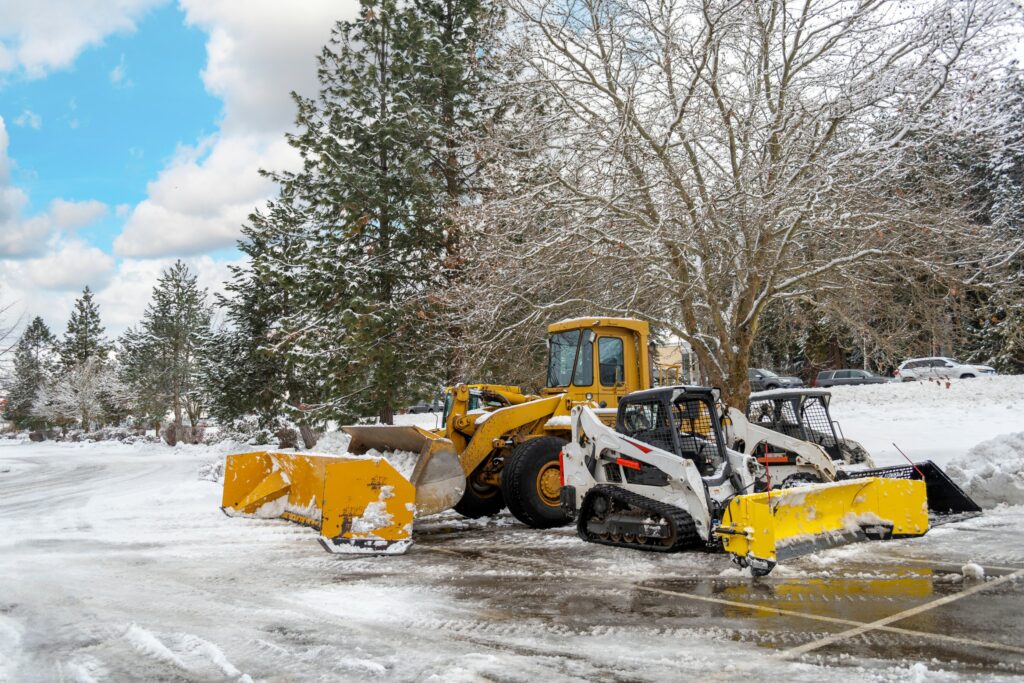
Heavy Rain, Flooding, and Chance of Severe Weather Staring Down the Southern U.S.
January 22, 2024
Posted: December 26, 2022 1:27 pm





You are in luck if you are tired of the bitterly cold weather. A drastic warmup is in the cards to start the last week of the year, bringing significant relief to a bulk of the country.
Although many cities throughout the U.S. saw some of the coldest readings for Christmas in decades, the long-range weather forecast is looking promising for those looking for some warmth. The eastern two-thirds of the county is forecast to finally thaw out as an Arctic air mass finally lifts. A dramatic warmup is in store for the last days of the year.
The warmup will be at the hands of a shift in the jet stream, taking the pattern in a west to east direction that will bring in milder air from the Pacific Ocean. This compares to a dip in the jet stream that allowed the Arctic air from the North Pole to filter in over the last week.
The change in the weather is certainly good news for travelers that spent the last few days dealing with massive disruptions both in the air and on the roads. The warming temperatures will also alleviate the surge in energy demands.

The warmup will get its start in the Pacific Northwest before moving into the Rockies, the Great Plains, and the Mississippi Valley. The warm marine air from the Pacific will rush down from the Rockies, ejecting out onto the Plains and bringing the mercury up at a fast clip.
For instance, the temperatures in Denver are forecast to hit the 60-degree mark by Tuesday. This is a stark contrast to the reading that registered 24 degrees below zero on Thursday morning.
Chicago can expect to see temperatures inch up into the 40s for the week between Christmas and New Year’s weekend. You will see much of the same throughout the Midwest as the new work week begins.
The cold air may be a bit more stubborn to move out in areas farther to the east. This will be particularly true for the Southeast and the mid-Atlantic states. Forecasters are warning that an area of high pressure anchored over the Northeast may keep the cold air in place in areas east of the Appalachians. However, these readings will still be significantly warmer than what the region experienced over the Christmas holiday.
Revelers heading to New York City for New Year’s Eve in Times Square can expect temperatures to potentially reach the low 50s. The first day of 2023 may see the mercury soar to 60 degrees in the Big Apple. The average highs for this time of year in Manhattan hover around 40 degrees.
The cold will be the slowest to arrive in the Southeast. It will likely be Thursday or Friday before readings climb back to average levels in places such as Charlotte and Atlanta. However, the temperatures will finally rebound over the New Year’s weekend with highs registering in the 60s throughout much of the region.
Unfortunately for this tired of precipitation, the incoming jet stream pattern will also usher in a significant amount of moisture from the Pacific Ocean. This will translate to rain and snow for the West Coast and beyond. With much of the southwestern corner of the U.S. in the midst of an ongoing drought, the moisture is good news heading into the dry winter months.
The storm system may hang on throughout its trip across the Rockies. This would mean a stormy weather pattern for the Midwest and the Mississippi River basin for the first few days of January.
However, this same pattern may also create more severe weather for the south-central states and the Southeast to kick off the new year. The energy of this storm may collide with the moist air flowing up from the Gulf of Mexico to trigger yet more severe weather for the Gulf Coast and southern Plains for the end of next week and into the weekend. It is a good idea to keep an eye on your local forecast if you live in the potential impact zone.
Lastly, the exit of the Arctic air invasion also sets up the perfect situation for widespread fog. This happens when warmer and moisture-rich air moves in over the grounds that are covered in snow.
Did you find this content useful? Feel free to bookmark or to post to your timeline for reference later.

January 21, 2024

January 19, 2024

January 18, 2024